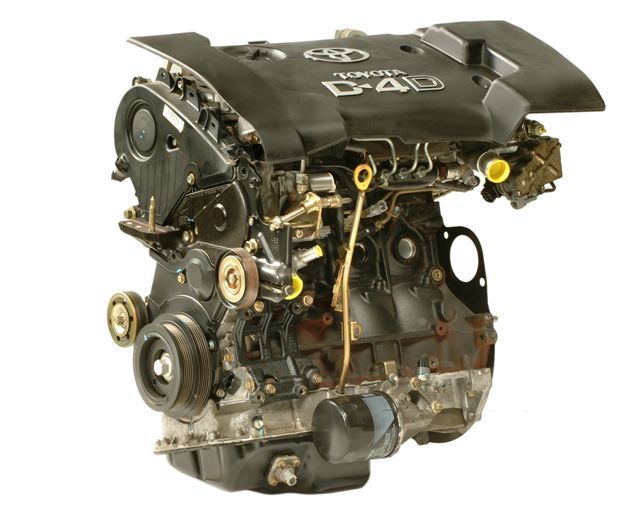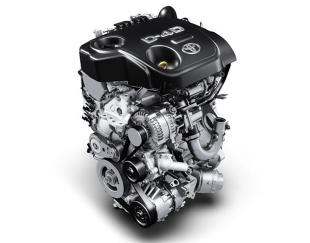
Engine 2.0 D-4D. Should I be afraid of Japanese diesel?
 Toyota diesels are very popular. This means that there is no shortage of cars using this type of engine. The 2.0 D-4D unit is powered by a common rail system, it can develop power efficiently and at the same time be economical. Unfortunately, problems can appear at the point of failure because repair costs can be high. So let's check out what we can expect.
Toyota diesels are very popular. This means that there is no shortage of cars using this type of engine. The 2.0 D-4D unit is powered by a common rail system, it can develop power efficiently and at the same time be economical. Unfortunately, problems can appear at the point of failure because repair costs can be high. So let's check out what we can expect.
Engine 2.0 D-4D. Start
The 2.0 D-4D (1CD-FTV) engine appeared in 1999 and produced 110 hp. and was first installed on the Avensis model. A few months later, a weaker, 90-horsepower version was put into production. 2004 brought a new 1.4 power unit, also designated D-4D, in keeping with the downsizing trend. The new generation 2.0 D-4D saw the light in 2006, had a power of 126 hp. and factory code 1AD-FTV. At the time of its debut, the described engine was considered extremely modern and remains in the company's offer to this day.
Engine 2.0 D-4D. Crashes and problems
 Years of operation and hundreds of thousands of kilometers have shown that, despite the modern design, this is not a perfect motor. The biggest problem with 2.0 D-4D engines is the unstable injection system. If the car is starting to have trouble starting, that's a sign to look at the injectors that Denso has been supplying to Toyota for years.
Years of operation and hundreds of thousands of kilometers have shown that, despite the modern design, this is not a perfect motor. The biggest problem with 2.0 D-4D engines is the unstable injection system. If the car is starting to have trouble starting, that's a sign to look at the injectors that Denso has been supplying to Toyota for years.
See also: driver's license. Can I watch the exam recording?
Their service life depends on the way the car is used and the culture of its maintenance. Some cars go 300 150 without problems. km., and others, for example, 116 thousand km. they will strike. Unfortunately, Denso does not supply parts that would allow you to repair injectors cheaply. A completely new injection system costs several thousand zlotys, and this is quite a one-time expense. Injectors can be regenerated, but the lack of spare parts from the manufacturer limits the possibility of such a repair. Experts say that the most defective ones are the piezoelectric injectors installed on engines with a capacity of XNUMX hp.
Another problem is the dual-mass wheel. Symptoms of its damage are vibrations, difficult gear shifting or metallic noises from the gearbox area. Fortunately, there are many branded spare parts for this case, a complete clutch kit for, for example, the first generation Toyota Avensis costs about 2 thousand. zloty.
In addition, users complain about the relatively poor durability of turbochargers. The rotor is damaged and there are leaks. In 1CD-FTV series engines, i.e. power from 90 to 116 hp, the particulate filter is excessively defective. Fortunately, not every bike was equipped with it. The newer 126 hp version (1AD-FTV) has replaced the system with a D-CAT system, which has a built-in injector that supports the particulate combustion process. In addition, the junior unit has an aluminum block, where cylinder head gaskets and engine oil overruns often occur.
Engine 2.0 D-4D. Summary
Each diesel engine has its own advantages and disadvantages. It is obvious. Diesel 2.0 D-4D will effectively accelerate our car, but it has drawbacks, the repair of which, as you can see, can be expensive. Worse, problems can accumulate, and a complete repair can cost half the cost of the selected unit, or even more. In terms of failure rate, the Japanese unit is average in its class, unfortunately, the cost of maintenance will be more expensive than in the case of German or French counterparts.
See also: Škoda SUVs. Kodiak, Karok and Kamik. Triplets included
